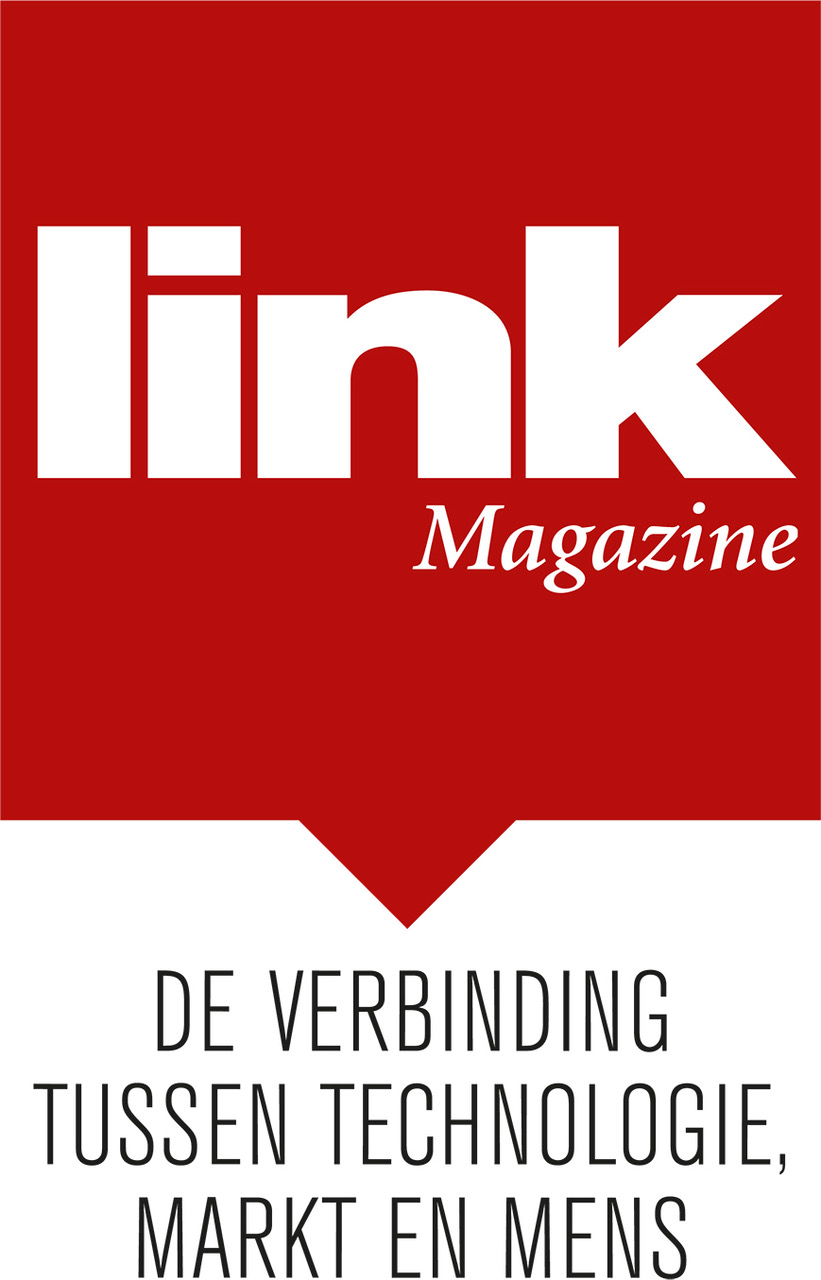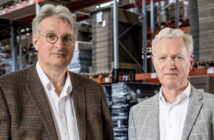Biesheuvel Techniek takes the next step with Canon/Océ
As a fast-growing subsidiary of the French IPH Group and supplier of industrial components, Biesheuvel Techniek wants to climb further up the chain. For Océ’s latest flagship, the Océ VarioPrint i300, a special team has been put together which is responsible for the supply of over 300 components. ‘In the preparatory phase, we spend a lot of time talking to R&D.’
Helmie Willems, procurement account manager at Océ, isn’t denying it. ‘Collaboration with our suppliers is becoming more intense. That goes hand in hand with increased demands for those suppliers. We want LEAN supply chains. That is, reduced stocks throughout the chain, shorter delivery times, increased flexibility and the creation of pull systems (kanban). All in combination with Océ Agile Development, in response to increased time-to-market pressure from the market. So we are increasingly asking our suppliers to contribute ideas and also bear the cost of some of the stock and logistics processes.’
Long-term
The days are gone when specified orders were simply sent out by e-mail. ‘We want active partnership and lots of flexibility. We realise we’re asking a lot. Of course, the other side of the coin is that we establish long-term relationships with our suppliers. There are already some new projects in the pipeline, as logical consequence of which we would like to intensify our relationship and make it even deeper and broader.’
Naturally, Piet Holtackers is pleased to hear that. ‘In our world, you can only survive if you can establish partnerships with the big OEMs’, says the senior account manager at Biesheuvel Techniek, who is directly responsible for Canon/Océ. ‘There are lots of competitors supplying components. That creates price pressure and eventually you end up in a downward spiral. If you take care of your customers and take work out of their hands, you can build up a much better position. That is our strategy, certainly when it comes to the large OEMs in our market.’
A strategy which Océ has at the very least given a push. Following its acquisition by Canon in 2010, the firm also changed its attitude towards suppliers. This was reinforced by the latest developments and focus on the Capital Goods market in high-volume print systems. ‘In 2013 we launched the Océ VarioPrint i300 project in Venlo’, says Helmie Willems. ‘That’s a 12-metre long printer which can print 300 full colour images per minute, double-sided. Designed for large print batches, with the ability to personalise each item. In order to be successful in the current market, it is important to move fast. At Océ, we call that Agile Development. Naturally it means we have re-examined our processes together with our suppliers.’
Product knowledge
Piet Holtackers, who has been working for Biesheuvel Techniek since 1980, is a frequent visitor to Océ and still remembers the first meetings there well. ‘We immediately saw an opportunity to intensify our ties with Océ and to expand the partnership. It was a prime opportunity to become a first-tier supplier for production-related catalogue items and to be able to make a direct contribution in the line. It meant we could take a step up the ladder. We started talking to the R&D department in order to share ideas about the most suitable and innovative components/products in the various modules of the new Océ VarioPrint i300. At that point, the specialist knowledge of our employees at specialised Biesheuvel Business Units such as Linear and Motion paid off. In recent years, Biesheuvel has significantly invested in product knowledge and innovative solutions. After all, this is a must in order to make life easier for our customers and stay ahead in the market. We know the specs of the components, we know what our suppliers are doing and which innovations are hitting the market. Of course, Océ’s buyers can find those things out for themselves, but it takes time and money. It’s easier and much more efficient to outsource the work to a multi-specialist where possible.’
Position
‘That’s all true’, says Helmie Willems. ‘Initially, around 150 mechanical components were involved, which Biesheuvel Techniek was to supply to Niagara. As we went along, the number of components more than doubled. That’s not an insignificant change when you are talking about a total of over 7000 components. We like working with suppliers who are responsible for a large number of components. Parties that take care of everything. Biesheuvel Techniek took up the gauntlet and has made its position stronger and stronger.’
‘Yes’, says Piet Holtackers, ‘we have not only started supplying more mechanical components, we have also taken on the complete logistics, processes and management of those components. That means we buy the parts, keep them in stock and supply them when they are needed. In order to do so in the leanest manner possible, transparent information sharing is essential. To this end, Océ generates a forecast every week and our own people make sure the components are available – 24/7, 365 days per year. Océ doesn’t have to worry about it anymore. That saves them costs, and yes, it was a significant investment for us. We have dedicated teams for them, both in sales and in logistics.’
More efficient
Under the Japanese influence of Canon, the supply chain at Océ is increasingly being configured according to lean principles. ‘Actually, there is no other option’, explains Helmie Willems. ‘The market wants shorter delivery times and flexibility. Keeping things the same would mean the flow of goods would be too cumbersome and time-consuming – time that would eat into the delivery time for the Océ VarioPrinter i300. And that’s exactly what we didn’t want. Time-to-market is crucial, and we have chosen to work according to the kanban principle; early supplier involvement is indispensable to that. With a party like Biesheuvel, we work faster, more efficiently and more reliably. The advantage of working on the basis of kanban is that Océ doesn’t have bulging warehouses.’
The first Océ VarioPrinters i300 were delivered in 2015. Production is slowly being increased to 2 per week. Piet Holtackers: ‘The partnership is excellent. Currently, R&D at Océ are continuing development in terms of re-design & optimisation. The aim is to make the printers smaller, more compact and cheaper. We are involved in the new designs, we share ideas about the various mechanical components and come up with proposals for even more efficient logistics and practices. And of course we want to extend our involvement to the new generations of printers that will be built in the future – knowing that work is currently underway on a new range of flatbed printers. Another new challenge. Together, we are still far from finished with development.’
Read Further in Link Magazine South Netherlands Special 2016






